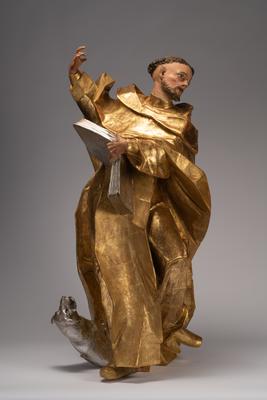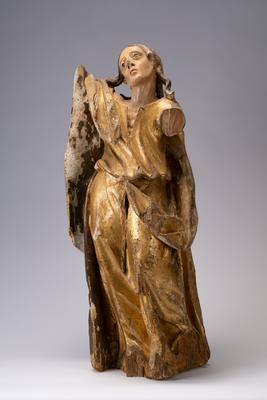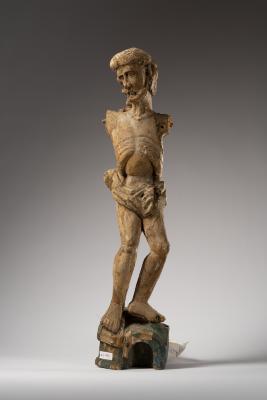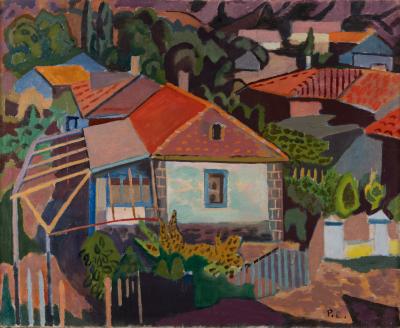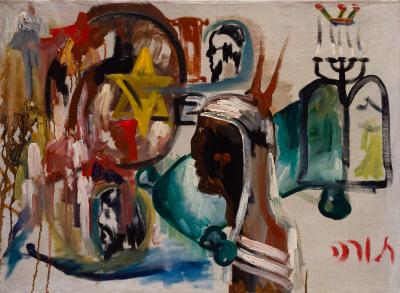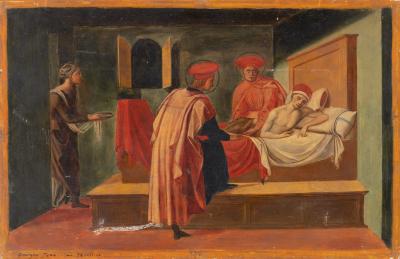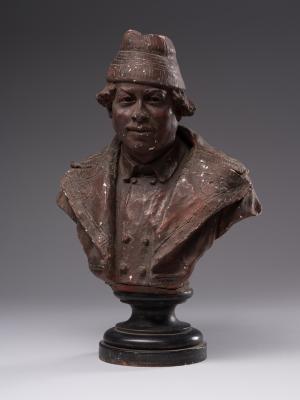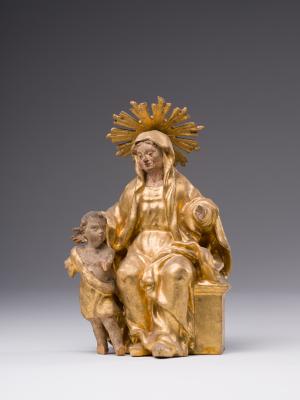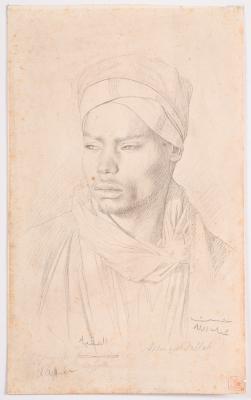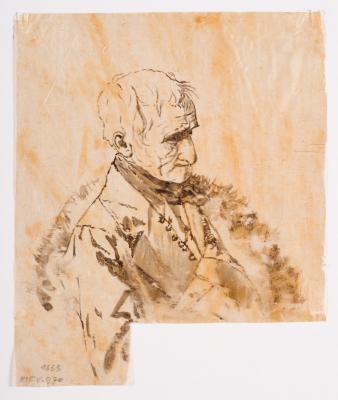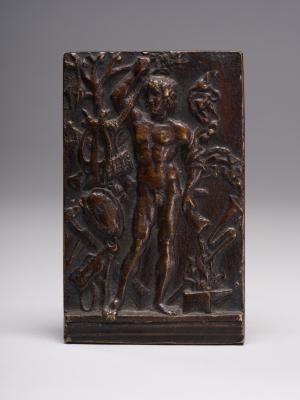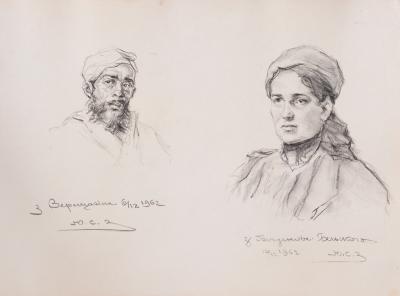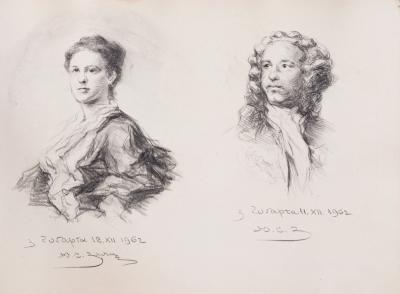Dnipro
Ivan Trush
- ID
- Ж-5650
- Author
- Ivan Trush
- Name
- Dnipro
- Date of creation
- 20th c.
- Country
- Ukraine
- Culture
- Eastern Europe
- Technique
- oil painting
- Material
- cardboard oil
- Dimensions (height x width, cm)
- 58 x 85
- Type
- painting
- Genre
- landscape
- Provenance
- Gifted by the Kovzhunovych family, 1982
- Exposition
- Lozinski Palace







